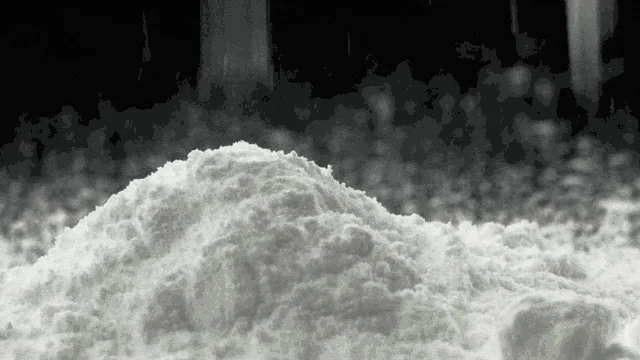Titanium dioxide (TiO₂) is a widely used additive in polymers due to its excellent properties as a pigment and functional filler. Here's an overview of its applications, chemical properties, grades, and more.
1. Chemical Properties and Formula
Chemical Formula: TiO₂
Molecular Weight: 79.866 g/mol
Appearance: White powder
Crystal Forms: Rutile and anatase (two naturally occurring forms of TiO₂)
2. Applications in Polymers
Titanium dioxide is used in polymers for several reasons, mainly due to its ability to improve optical, mechanical, and thermal properties. Some common applications include:
Pigmentation: TiO₂ is highly effective at scattering light, making it one of the best white pigments. It provides bright whiteness and opacity, which is useful in products such as:
Paints and coatings
Plastics (PVC, polyethylene, polypropylene)
Masterbatch formulations
UV Protection: TiO₂ is used in polymers to improve resistance to ultraviolet (UV) degradation. It absorbs UV radiation, protecting the polymer matrix from breakdown. This is particularly important in outdoor applications such as:
Outdoor furniture and structures
Automotive parts
Films and packaging
Mechanical Enhancement: TiO₂ can improve the mechanical properties (e.g., stiffness, hardness, and impact resistance) of the polymer due to its function as a filler. This is useful in:
Structural components
High-performance plastic products
Heat Resistance: TiO₂ enhances thermal stability and can help polymers withstand high temperatures without degrading.
3. Grades of Titanium Dioxide
Different grades of TiO₂ are used based on the desired application and properties. These include:
Rutile Grade: Rutile is the more stable, denser form of TiO₂, and it has better durability and UV resistance. It is preferred for outdoor applications and where long-term exposure to sunlight is expected. Examples of rutile applications:
High-performance coatings
Outdoor plastics
Masterbatch in films
Anatase Grade: Anatase TiO₂ has a slightly lower refractive index and is softer than rutile, making it more suitable for indoor applications where durability and UV resistance are less important. It is often used in:
Paper
Food packaging materials
Indoor paints and coatings
Surface-treated Grades: Some grades of TiO₂ are surface-treated with organic or inorganic coatings to enhance their compatibility with specific polymers and improve dispersion, opacity, and durability.
4. Functional Characteristics
Optical Properties: High refractive index, high opacity, and brightness.
Particle Size: The performance of TiO₂ as an additive depends on particle size. Fine-particle TiO₂ is more effective at providing opacity and UV protection but may be more expensive.
Surface Coatings: Surface-modified TiO₂ improves dispersion in polymer matrices and reduces agglomeration, which can affect optical properties.
5. Typical Polymer Additive Levels
The concentration of TiO₂ in polymers varies depending on the application. Typical loading levels are:
Masterbatch and concentrates: 20-60% TiO₂
Plastics: 1-10% TiO₂ (depending on the opacity and UV protection required)
Coatings: 10-30% TiO₂
6. Safety and Environmental Impact
TiO₂ is generally considered safe in polymer applications, but nanoparticle-sized TiO₂ is under investigation for potential health and environmental impacts, especially when used in nano form in coatings and films.
Titanium dioxide plays a significant role in enhancing the performance of polymers across industries due to its versatility, making it one of the most widely used additives in this field.






